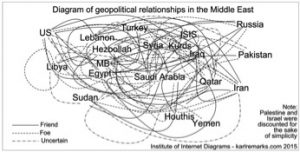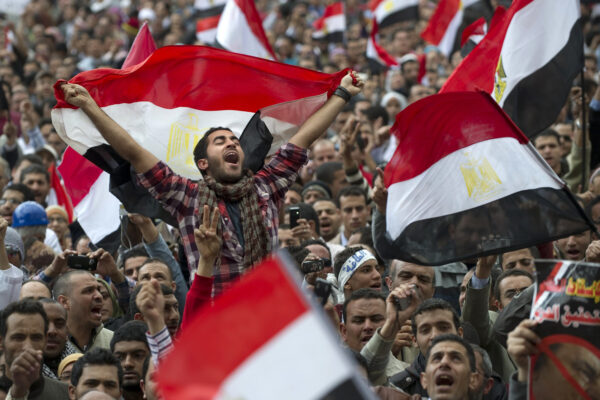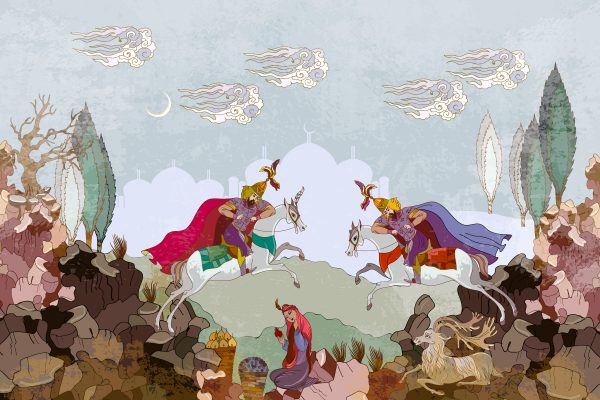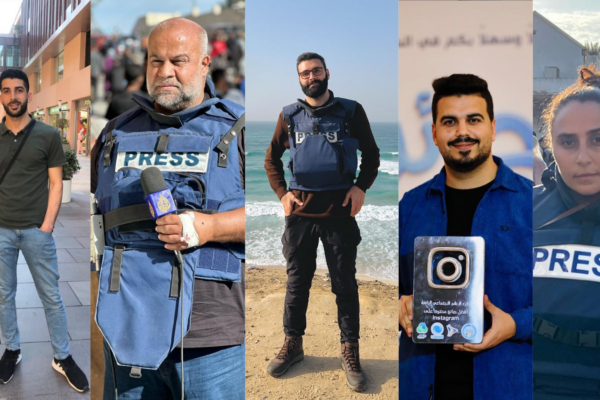This week the world was in tears over the young Syrian boy, Omran Daqneesh, who illustrated the detrimental effects of the Syrian civil war. He became a symbol of the suffering that has become far too familiar within those regions; but the question begs to be asked, how many more Omran Daqneesh’s are there?
Over the past 5 years, the Syrian civil war has accounted for over 450,000 deaths. 50,000 of these have been reported as children, meaning over 10% of victims from a war directed by adults have, in fact, been children. Aside from this, the children left to deal with the aftermath of bombs also need to be considered. With family members dead, homes destroyed and food resources depleting, there are over 75,000 children left in Eastern Aleppo that are struggling to live from one day to another. Schools and hospitals are declared too unsafe to visit, prices of basic food necessities are sky rocketing to the point where a Kilo of sugar costs £15 and, with over 80% of the population in Aleppo living without water, it is key to remember that these children are no longer living, but surviving.
What is key to remember is that Aleppo is not the only fighting ground in Syria. This is a countrywide civil war with four main protagonists; the Syrian Arab Army, the Free Syrian Army, Syrian Democratic Forces & Deash. With all groups supported by various other countries, ranging from Iran to the UK, another layer of complexity is added to the geopolitical relationship in the Middle East. So complex are these relationships that the diagram below is the clearest illustration of the ongoing situation.

Therefore, it can be easily assumed, that the war is leading to damaged, PTSD-prone children all around the country. While these armies push for more territory to eventually end what has been a tediously painful civil war, the reality will settle in and these leaders will have to ask themselves the question, “was it worth it?”
With a nation of children scarred by death and destruction, what hope can there be for a productive and prosperous Syrian nation? The children who could leave, have left, and the children who can’t leave are uneducated and resentful. The future is built by the children of today, but what happens to the future when you neglect the present? How do you stop a generation filled with Omran’s from becoming what you originally fought against?
However the future plays out, Omran Daqneesh was not the first and he certainly will not be the last.
“I love children. They are content with the least of things, gold and mud are the same in their eyes.” – Prophet Muhammad (peace be upon him and his family)





